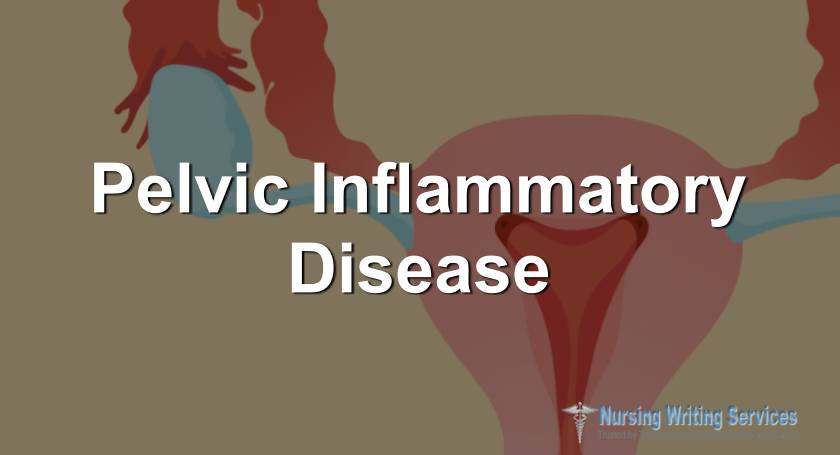Nursing career plan essay
Nursing is categorized as a pillar to serve humanity and the wellness of human beings in terms of preventive and health care and each nurse is subjected to learn how to deal with all the attributes that come with the nursing education system. For one to become a professional nurse, one will have to achieve a certain level of education to fit the skills and the ability to handle nurse responsibilities and the challenges that come with it.
Having a nursing degree does not mean the end of learning; it means every experience requires nurses to be highly advanced with the maximum education level to be fully responsible for patients with different conditions. Therefore it is a huge responsibility for the nurses to get a higher education, power of the nursing knowledge and the skills that comes along with it. It is very important to understand all the current regulations to keep up with the developments and technology that also help in the light of all the legal and ethical aspects in the said field with nursing boards as well as other authorities involved in this field.
There are so many educational books written that give a disciplinary approach to empower nurses by training them and by using available information to improve communication skills and better allocation of present-day technology and literature hence overcoming avoidable barriers.
Why do you need a nursing career plan?
A nursing career plan should be an aspiration for every person who wants to pursue nursing and this requires intensive planning and thoughtfulness. When a nursing career becomes a goal, one will be required to assess the current technological factors and skills to predetermine the end goal. Preventive care in the health sector has become advanced therefore this requires students nurses and nurses to advance since it is their responsibility to attain the very best education levels and knowledge power to meet the necessary challenges to be encountered.
A nursing career is governed by values and beliefs throughout the entire profession. These values are very important because, in the end, the goal is to baccalaureate out of this field of medicine successfully. Some of these core values include:
- Human dignity-this is the process of treating every human being uniquely and with privacy. This helps create an effective bond and relationship between the patients and the health care practitioners. This will enable the patients to be more sincere.
- Communication-this is very important where it is in writing, speech or even in signals. This is because understanding the patient and the patients family is vital since this acts as therapeutic to both sides. This also includes in other cases, healthcare providers debating on whether to tell the patients family the truth about the diagnosis of the patient or even how they will inform the patient about the condition they are in.
- Critical thinking-this is very logical when it comes to nursing. This is because nurses have the first encounter with their patients and analyzing how the situation is very important. Nurses are expected to think independently and take action based on the power of education. To solve complicated situations. This will determine how the medical practitioner will handle every patient.
- Psychomotor skills- this is whereby the nurses provide care and comfort by using specific skills to assess and evaluate a patient. Nursing skills should be used to give comfort and the ability for the patient to respond positively concerning the level of information required by the medical personnel.
- Integrity- this is practising high morals and this is the kind of attribute that can give a nurse a successful career. Practising integrity shows how a nurse is consistent in doing the right thing. This is encompassing confidentiality and honesty and being consistent with professional principles.
- Altruism-this is whereby the nurse works to the well-being of the patients without expecting anything in return. This is a professional core value of the medical field that is basically out of self-interest. Social justice
- Autonomy- this is the rights of the patients to be able to make their medical decisions without the influence of any medical personnel. What the nurses are allowed to do is educate the patients but not make the decisions for them.
How can you plan for a nursing career properly?
While preparing for a nursing career plan essay, all the above-mentioned attributes should be high in consideration. Therefore, if you will need professional services to help write an essay about nursing career planning, it is best to visit nursing writing services.com. for the best services.


